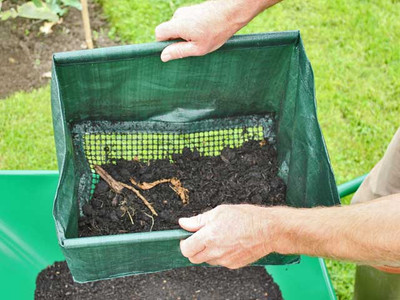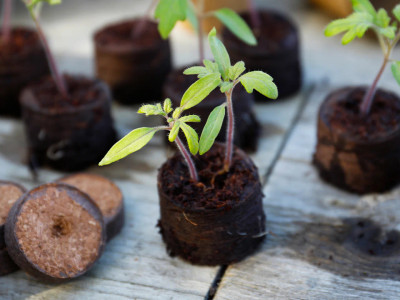Peat Free Compost
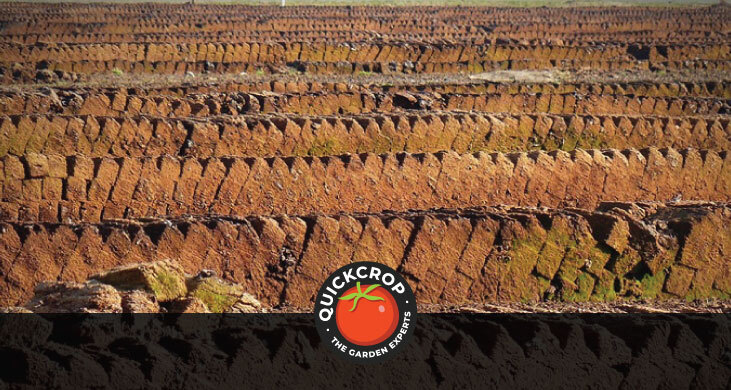
The bagged compost that many gardeners are familiar with has traditionally been peat-based (or has peat as an ingredient). Whether through individual experience or word of mouth, these compost mixes are seen as trusty and reliable options. People have gotten used to the way they work, and predictability tends to make gardening just a little easier.
However, peat-based compost is increasingly frowned upon and is likely to eventually be banned completely. Why? Because harvesting this peat degrades unique and valuable peat bog habitats.

Are Peat-Free Composts Less Reliable?
For many gardeners or horticulturalists, the transition from peat-based to peat-free products hasn’t been without difficulty. Reduced peat or peat-free compost mixtures can vary in quality depending on the manufacturer and the raw materials used.
In general though, the choice of products has been steadily improving as the demand for sustainable compost alternatives grows.
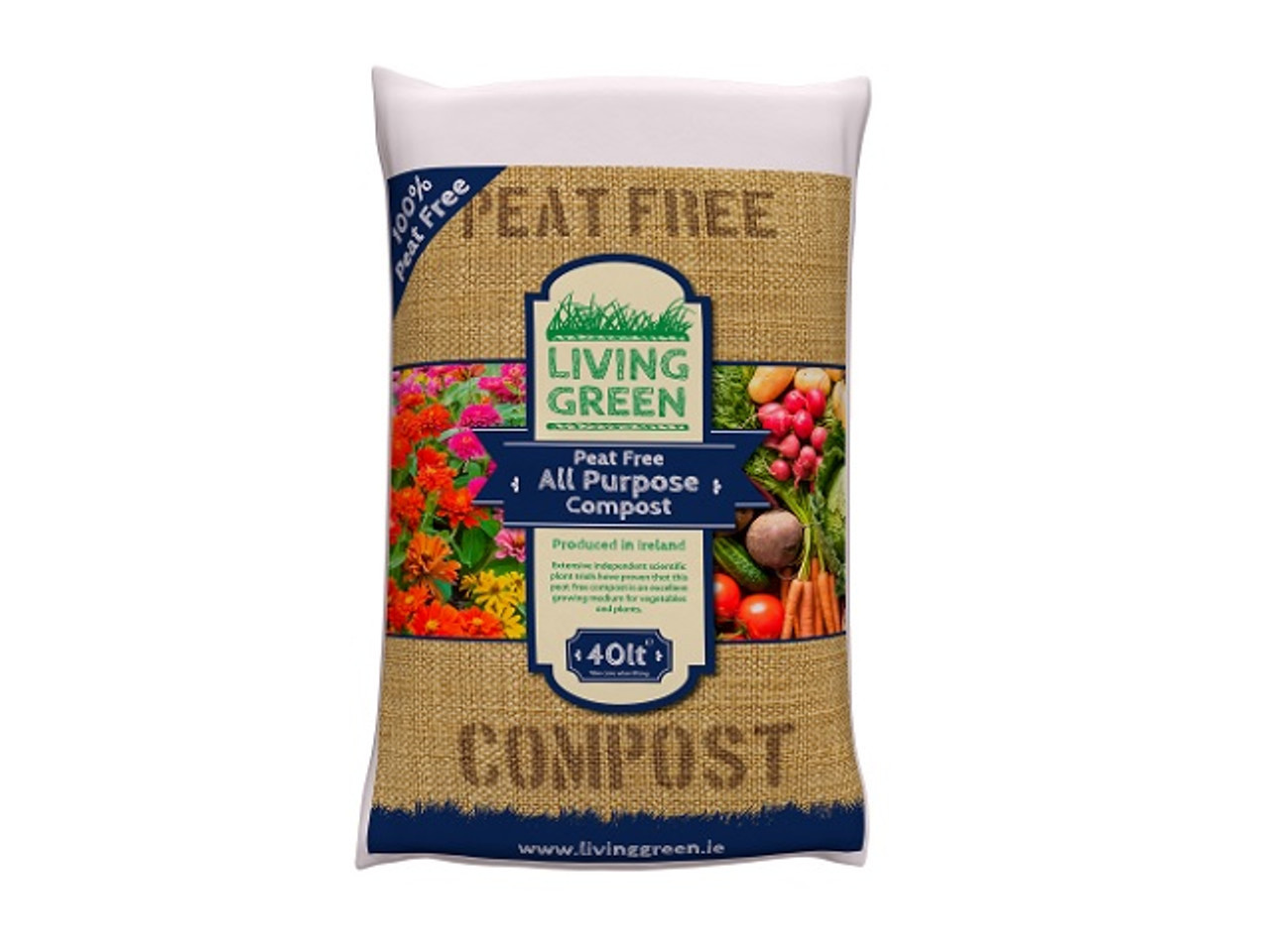
Living Green Organic Peat-Free Compost 40 L
View ProductI would make the point that issues with 'peat-free' are often a result of how the compost is used rather than the compost itself, as it does not behave in the same way as peat. It is worth learning about this now, as there will come a time when you have no other choice but to use it.
Why is Peat Such an Effective Compost Ingredient?
I probably shouldn't be saying this, but as a growing medium peat is really very good at its job. It has a naturally fine consistency and is very good at retaining and regulating moisture, as well as holding nutrients.
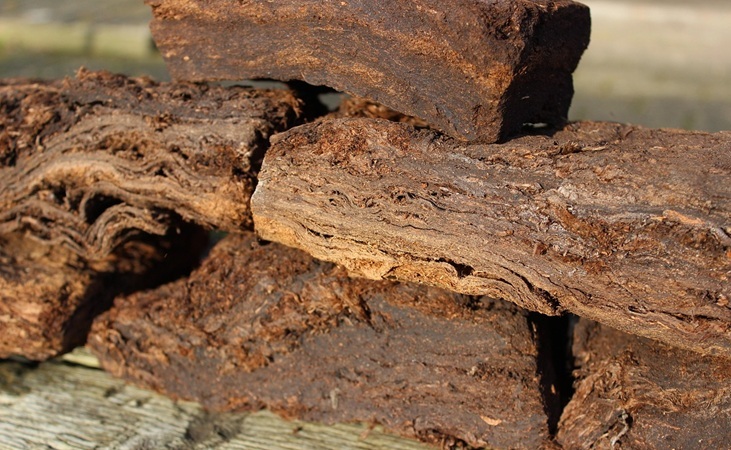
Peat is a very stable and predictable compost base: it neither takes nor provides nutrients, but is an effective sponge for whatever feed you wish to add.
Peat-free composts are not as predictable, because they use a variety of materials - including forestry waste (bark), timber, municipal green waste or coir (coconut fibre) as their base. All these materials have different qualities as regards nutrient and moisture retention, meaning one bag of peat-free may not perform in the same way as another.
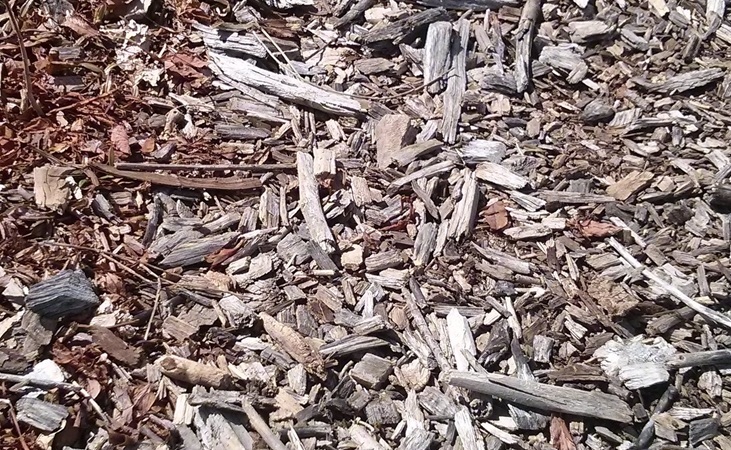
I would also be wary of some of the cheaper versions, especially if they contain large particles of woody material. The further decomposition of the wood can take nitrogen from the mix and result in nutrient deficiencies in your plants.
So Why Should We Move Away From Peat-based Composts?
- Peatlands (or bogs as they are colloquially known in Ireland) are some of the most valuable habitats that we have. They can store over twice the amount of carbon as all of the world’s forests combined.
- When peat is extracted (for example to provide fuel in the form of turf) this stored carbon is released into the atmosphere, exacerbating global warming and climate change.
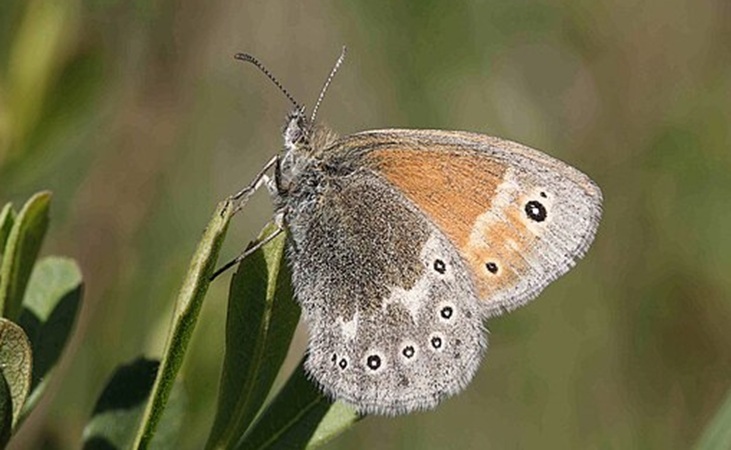
- Peat bog habitats also support a range of wildlife: in many cases rare or protected species such as the Large Heath butterfly, the Common Frog or the extinction-threatened Curlew.
- Additionally, healthy peat bogs filter and absorb rainwater, which can reduce and mitigate flood risk - itself a frequent symptom of climate change.
- Peat forms extremely slowly (typically at a rate of just 1 mm per year), meaning that once it’s been extracted, it’s essentially non-renewable: it won’t regenerate for thousands of years.
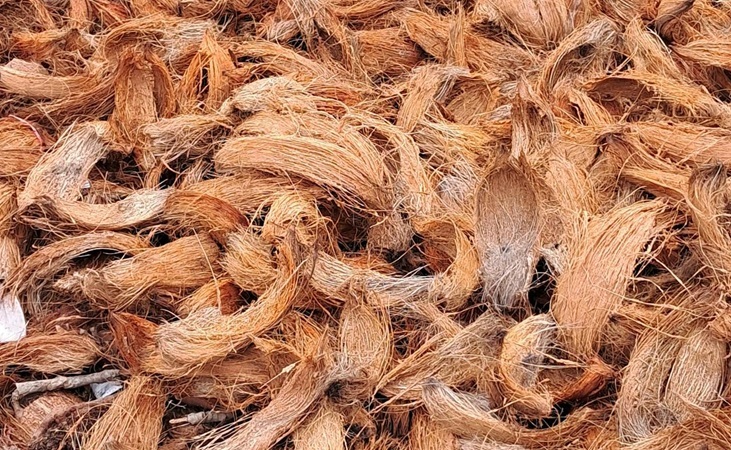
Coir as a More Renewable Alternative to Peat
If you're on the hunt for a viable alternative to peat-based compost, it won't be long before you become very familiar with the word 'coir'. This is a natural fiber extracted from the husk of coconuts when producing coconut oils etc; when put to use in compost mixes it can offer some of the same benefits as peat moss.
Perhaps the greatest attribute of coir is its water retention capacity: it can hold up to 10 times its weight in water. With its light texture it also resists compaction very well; maybe even more so than peat. This means that plant or seedling roots will get plenty of air.
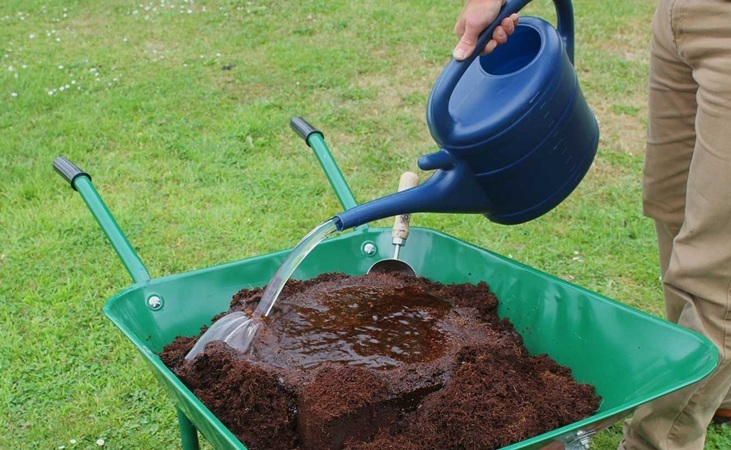
Just how sustainable coir is is the source of some debate, but in any event coconut palms regenerate much faster than a peat bog does - and so, for the time being, coir is seen as a key growing medium if we are to move away from peat extraction.
Which Peat Free Compost Should I Go For, then?
I would suggest buying a reputable brand (we are fans of Klasmann or Living Green) and getting used to it, rather than taking pot luck with multiple products.
Klasmann Peat Free Seed Compost
As we mention elsewhere in this article, peat-free composts can often be coarser in texture than their counterparts - which can make them unsuitable for seed sowing and effective germination. Klasmann seed compost is, however, an excellent exception and one that we highly recommend.
Don’t just take our word for it though, as this is what Irish Times columnist Fionnuala Fallon (who we’ve previously interviewed for the site) has to say about it:
“Of the various peat-free brands that I’ve experimented with over the years, the only one I’ve found so far that always passes with flying colours is the German-made Klasmann-Deilmann brand.
Approved for organic use, its peat-free seed compost is made from a mix of organic coco coir and high-quality composted green waste enriched with biodynamic preparations to help stimulate beneficial micro-organism activity as well as specially-added predatory mites to help protect baby seedlings from damage by fungus gnats (also known sciarid flies).
It’s beautifully friable, light, fluffy and free-draining and always produces reliably good results.”

Klasmann Organic Peat Free Seed Compost - 70 L
View ProductLiving Green Organic Peat-Free Compost
Living Green’s compost mixtures are intended to provide a more sustainable alternative to peat-based products. Based in Inishowen, Donegal and originally established as a commercial worm farm, Living Green's compost mixtures (perhaps unsuprisingly) include nutritious worm castings produced by 'vermicomposting'.
This is one of the 100% peat-free composts in their range, but really any of their mixtures will offer a peat-reduced (as well as certified organic) alternative that has been produced with environmental stewardship in mind.
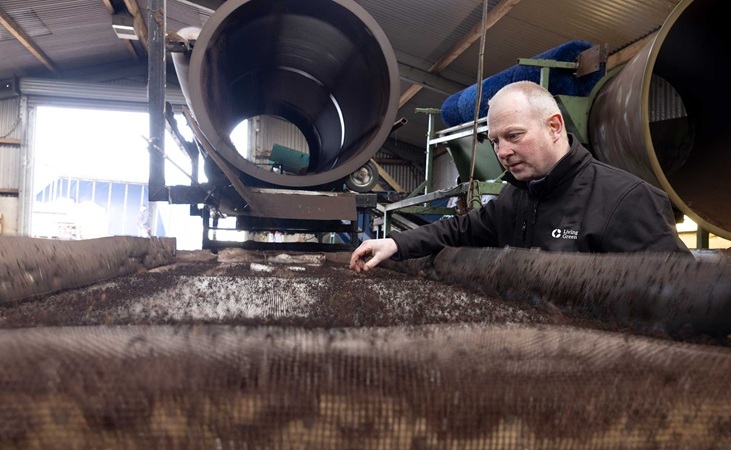
This All Purpose Peat Free Compost is a very well-balanced growing medium that's been trialled independently with very impressive results (i.e. strong plants and high yields). It contains a mix of well-rotted horse manure, wormcast, recomposed mushroom compost, horticultural sand, and seaweed.
GrowLite Coir Planter Compost
GrowLite is a coir-based growing medium that initially is shaped like a block. By adding water (best done in a wheelbarrow or similarly spacious container) the medium will soften and expand, such that a compact 5kg block results in roughly 60 litres of compost.

Haxnicks Coir Planter Compost Makes 60 L
View ProductThis makes GrowLite coir compost very easy to move around the garden, relatively mess-free and ideal for small space gardening (pots, planters, hanging baskets etc). The composition (according to Haxnicks anyway) ensures optimum drainage - but in any case with a coir-based medium you shouldn't need to water as often as with traditional compost.
One concern with coir is that it is low in nutrient content compared to typical garden compost, but GrowLite seems to have gotten ahead of the issue here by adding dried seaweed ‘containing 79 trace elements, minerals and nutrients’.

Peat Free Compost Discs
These discs consist of natural coir and are ideal for sowing individual seeds such as tomato, courgette or pumpkin seeds.
The discs can be used to start seedlings in pots or trays, before potting on or planting out with minimum root disturbance. Because the material is biodegradable, you can leave the disc to break down naturally in the soil: the roots of the seedling can easily expand and grow outwards.

Peat Free Compost Discs 50 pack
View ProductAs above, when you soak the discs in water the material hydrates and expands. You can then sow your seed inside the pellet. Check that the pellet is evenly moist for effective germination.
The structure of the discs allows for excellent airflow around the roots.
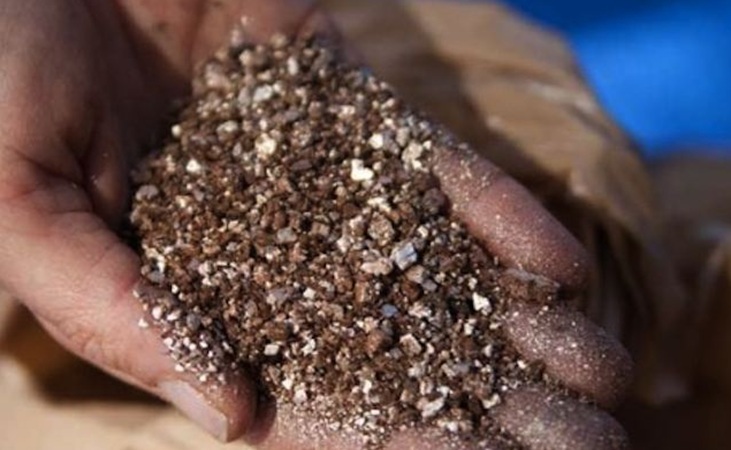
Tips for Using Peat Free Compost
- As we've said, the key difference is moisture and nutrient retention. Neither wood or coir-based composts drain as well as peat, so you should water less - especially in the case of coir. As a rule of thumb you can probably reduce your watering regime by about half.
- Less watering is of course an advantage, but care must be taken not to overwater your plants. The surface of a container may feel dry, but an inch below the surface may still be soaked.
- If in doubt, push your finger below soil level to test for moisture.
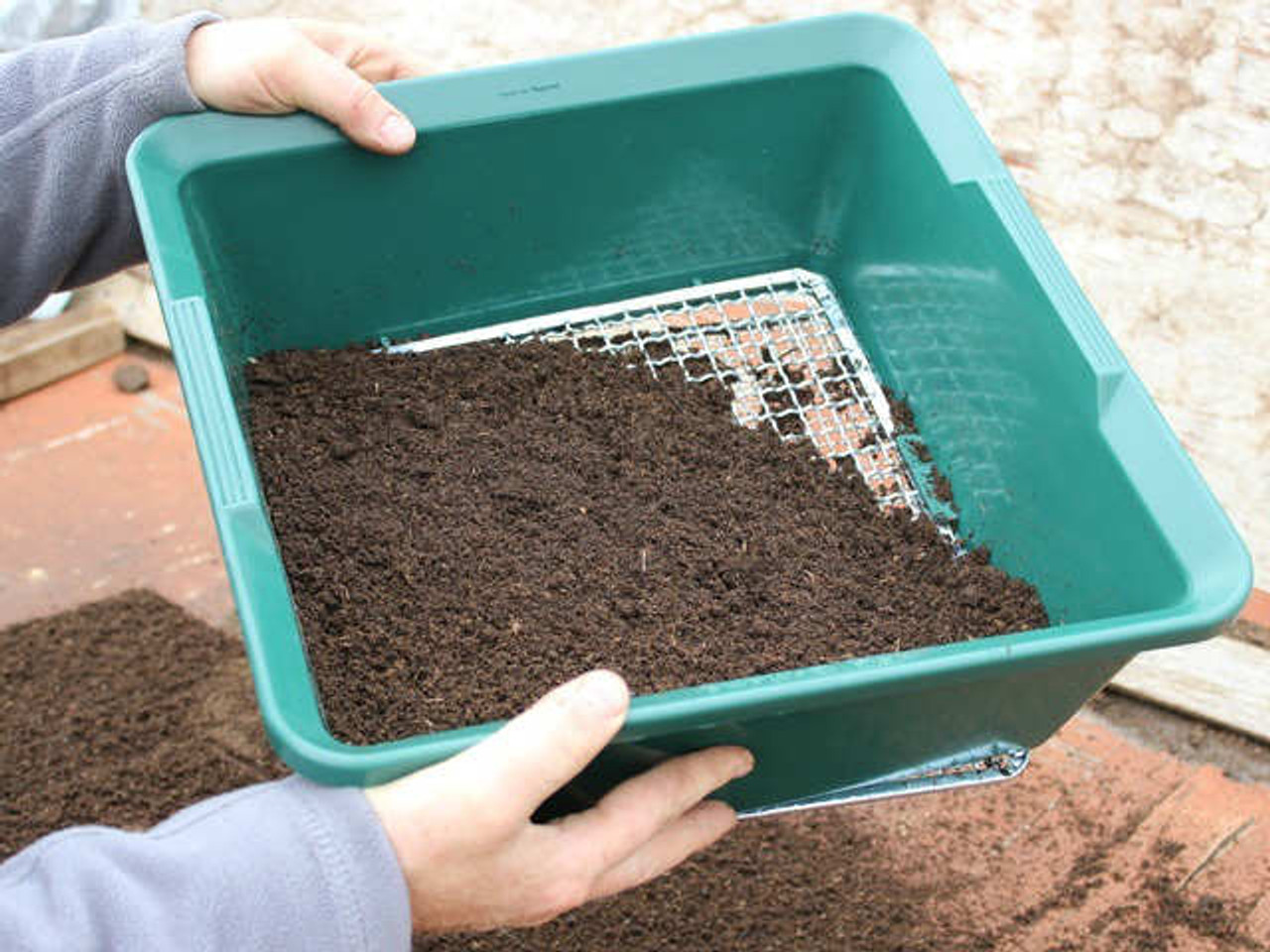
Garland 2 In 1 Soil Sieve & Riddle
View Product- Peat-free doesn't hold nutrients as well as peat, so if you are used to applying a liquid feed every 2 weeks you are better off halving the feed concentration and applying it every week instead. You will be using the same amount of plant feed in the long run, but just adding a weaker concentration more often.
- With the exception of Klasmann’s seed compost (see above), peat-free composts can often be a little coarse when it comes to seed sowing. You can adapt to this, however, by running the compost through a soil sieve. This doesn’t need to be done with an entire bag, as you are really concentrating on the top 1cm or so that the seeds are being sown into.
- Mixing in some vermiculite can also lighten the mix further.
Further Reading: For more on the subject, see this article on Seed & Potting Composts.
Citation: "Peat-Free Gardening." RHS, https://www.rhs.org.uk/advice/peat



